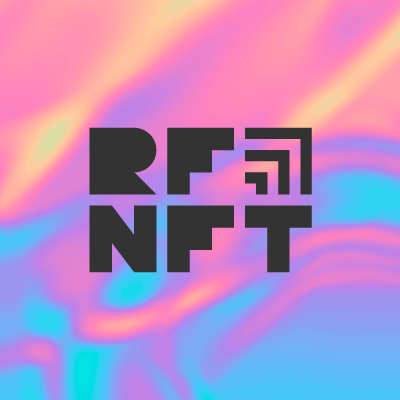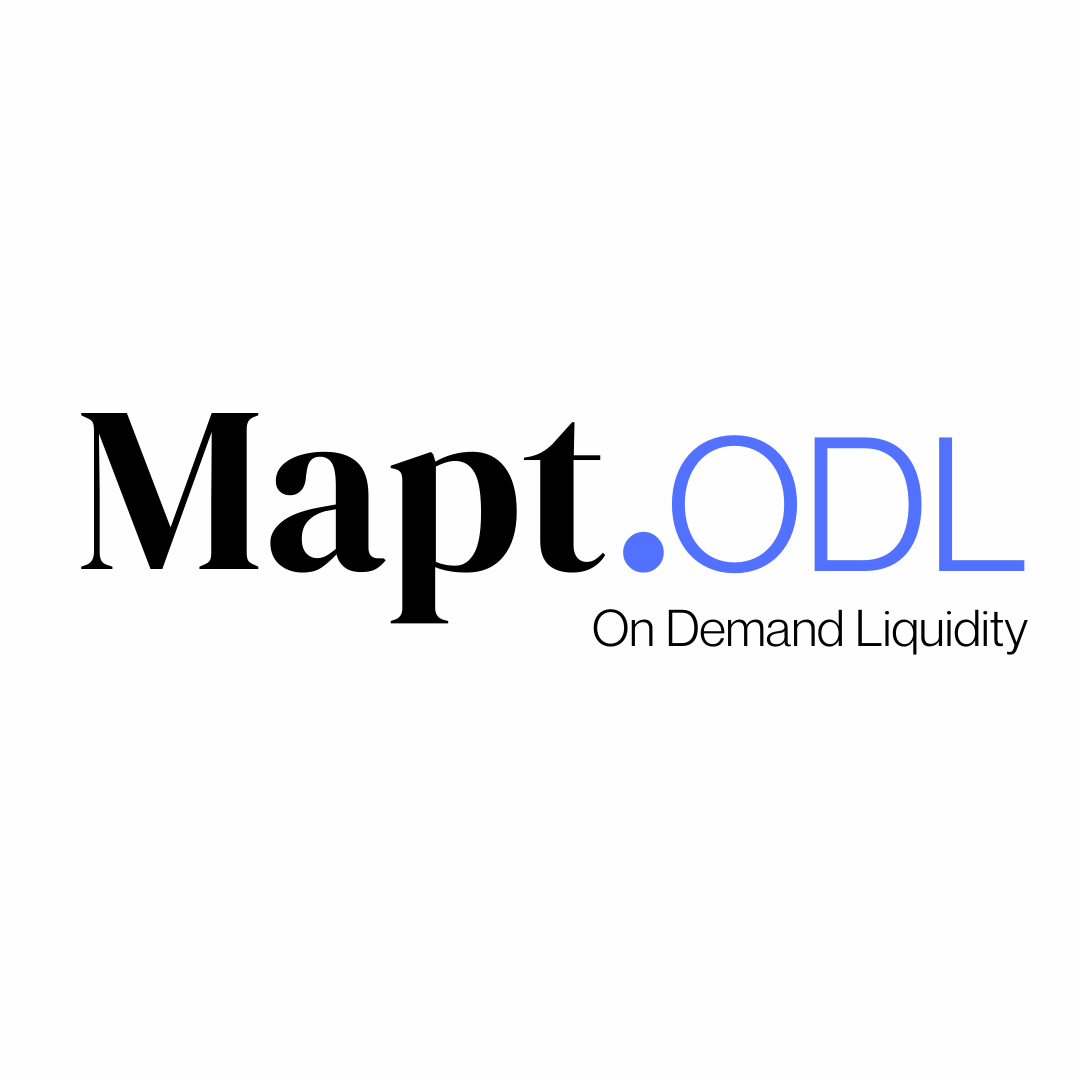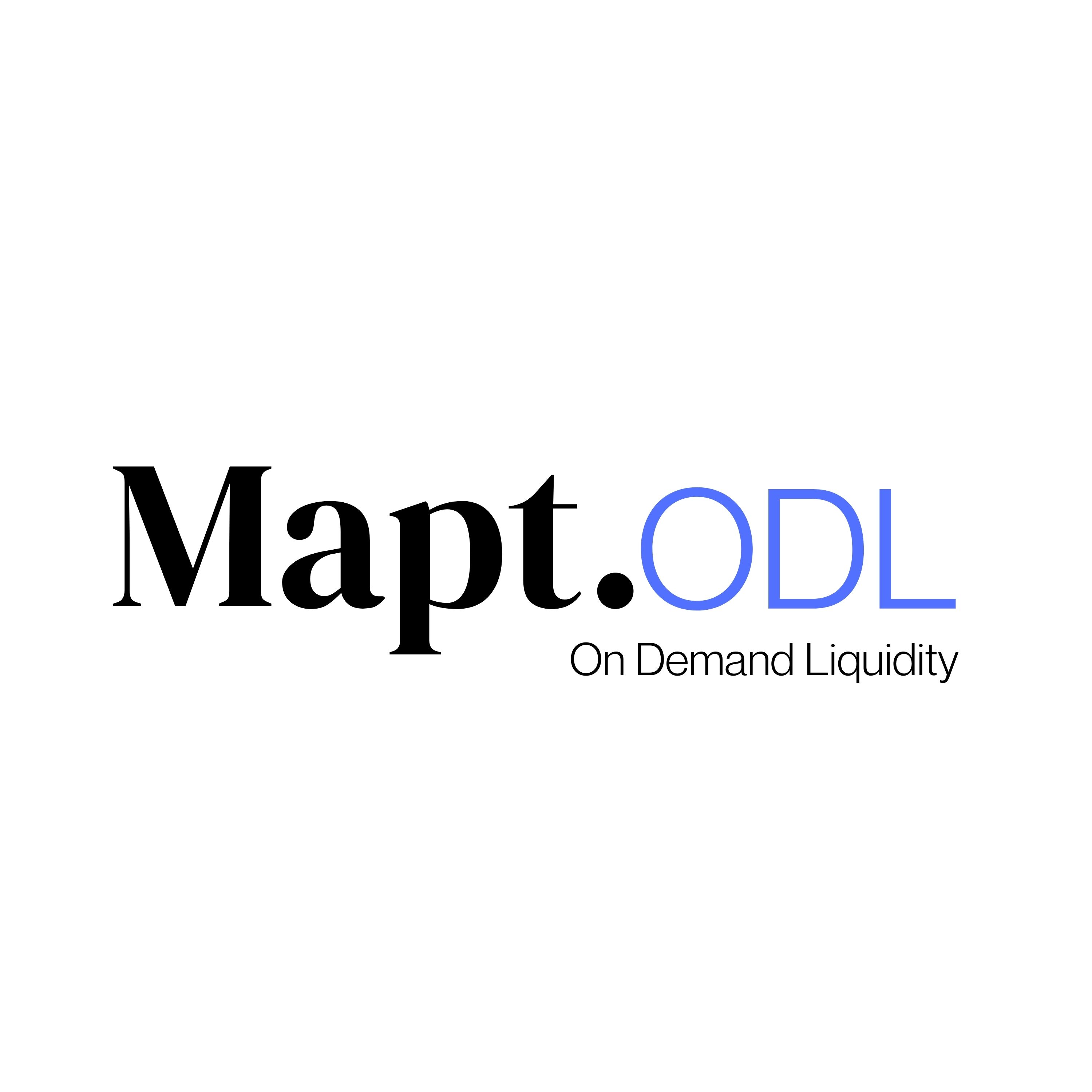
On 17 July 2023, the Financial Stability Board (FSB) published its High-level Recommendations for the Regulation, Supervision and Oversight of Crypto-asset Activities and Markets: Final report (Report A) and its revised High-level Recommendations for the Regulation, Supervision and Oversight of Global Stablecoin Arrangements: Final Report (Report B).
The FSB coordinates at the international level the work of national financial authorities and international standard-setting bodies in order to develop and promote the implementation of effective regulatory, supervisory and other financial sector policies.
Summary and conclusion
The FSB’s work and recommendations is adding useful substance to the evolution of digital assets to becoming a traditional financial product and service.
The FSB’s role will always be to coordinate and make recommendations at a high-level, which means that individual regulators will interpret and apply them in different ways.
Detailed comments
The FSB’s recommendations are (as they state) at a high-level. For example, Recommendation 2 in Report A is that authorities should apply comprehensive and effective regulation, supervision, and oversight to crypto-asset activities and markets – including crypto-asset issuers and service providers – on a functional basis proportionate to the financial stability risk they pose, or potentially pose, consistent with authorities’ respective mandates in line with the principle “same activity, same risk, same regulation.”
There is a huge amount that global regulators could do with this recommendation, given the number of ways in which it could be interpreted.
Notwithstanding this, there seems to be clear blue water emerging between various jurisdictions. Although the game is yet to play-out:
- in the United States, there is both a turf-war between the Commodity Futures Commission and the Securities Exchange Commission and an effort to treat as many tokens as possible as “securities”;
- in the European Union, digital assets are being treated as an entirely separate asset class pursuant to MiCA (the Markets in Crypto Asset Regulation ((EU) 2023/1114), which deals also with distributed ledger technology (DLT) and the consensus mechanisms use for validating transactions;
- in the UK and other jurisdictions, such as Abu Dhabi, steps are being taken to treat digital assets as “just another” financial instrument, as a commodity or as completely unregulated (depending on the asset’s characteristics, but with no real focus on the DLT or consensus mechanisms used; and
- other jurisdictions, such as Switzerland, are seeking to become natural homes for the issue of some specific types of digital assets: in Switzerland’s case, tokenised securities.
All these jurisdictions, to some extent or another, will regard themselves as complying with the FSB’s recommendations. The timetable set by the FSB to coordinate international regulatory and supervisory approaches is long: it shall review implementation of its recommendations and assess the need for any updates by end of 2025.
Report B (the update) is similar in its high-level approach, however, there are some interesting points of note.
The first is that it still only covers “global stablecoins” (GSC). Secondly, the report considers that algorithmic stablecoins are not GSCs as “they do not use an effective stabilisation method”. Thirdly, a GSC should have in place effective resolution plans (similar to banks’) and that critical service providers to a GSC (e.g. trading platforms or other intermediaries) should be authorised and regulated. The Glossary included in Report B states specifically that it is for the purposes of the report only “and does not replace existing taxonomies,” unlike the Glossary in Report A.
The Glossary shall be interesting to compare with others – such as the definitions in the new Financial Services and Markets Act 2023 and those used by HMRC, the Financial Conduct Authority and the Bank of International Settlements.








